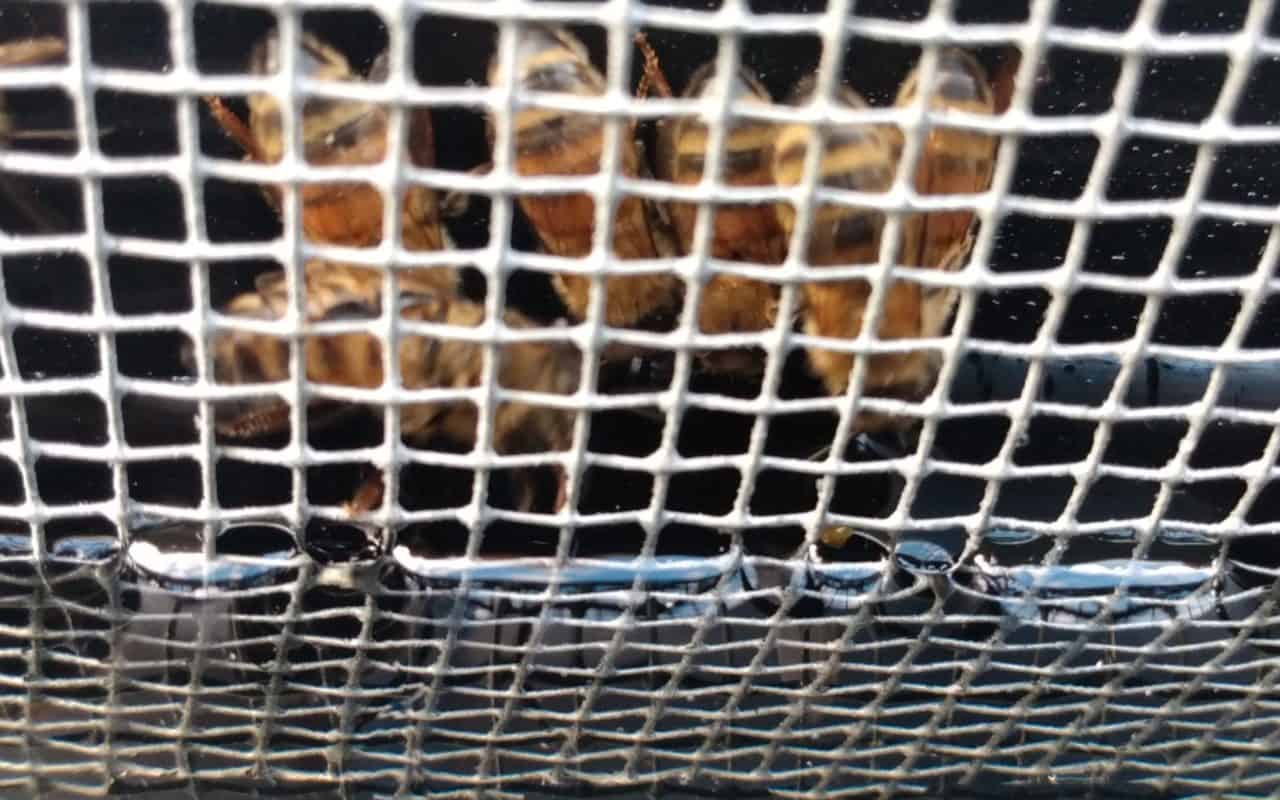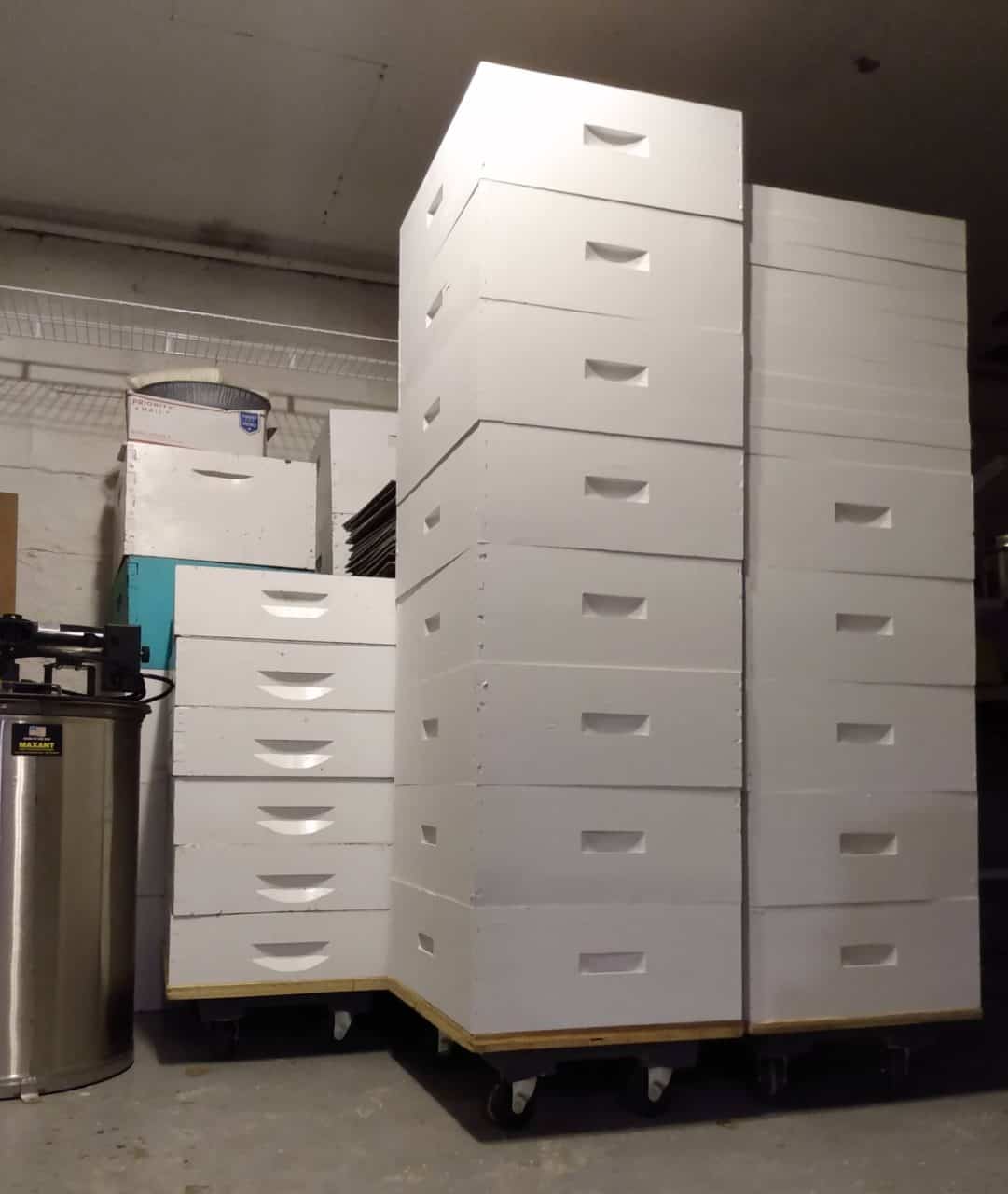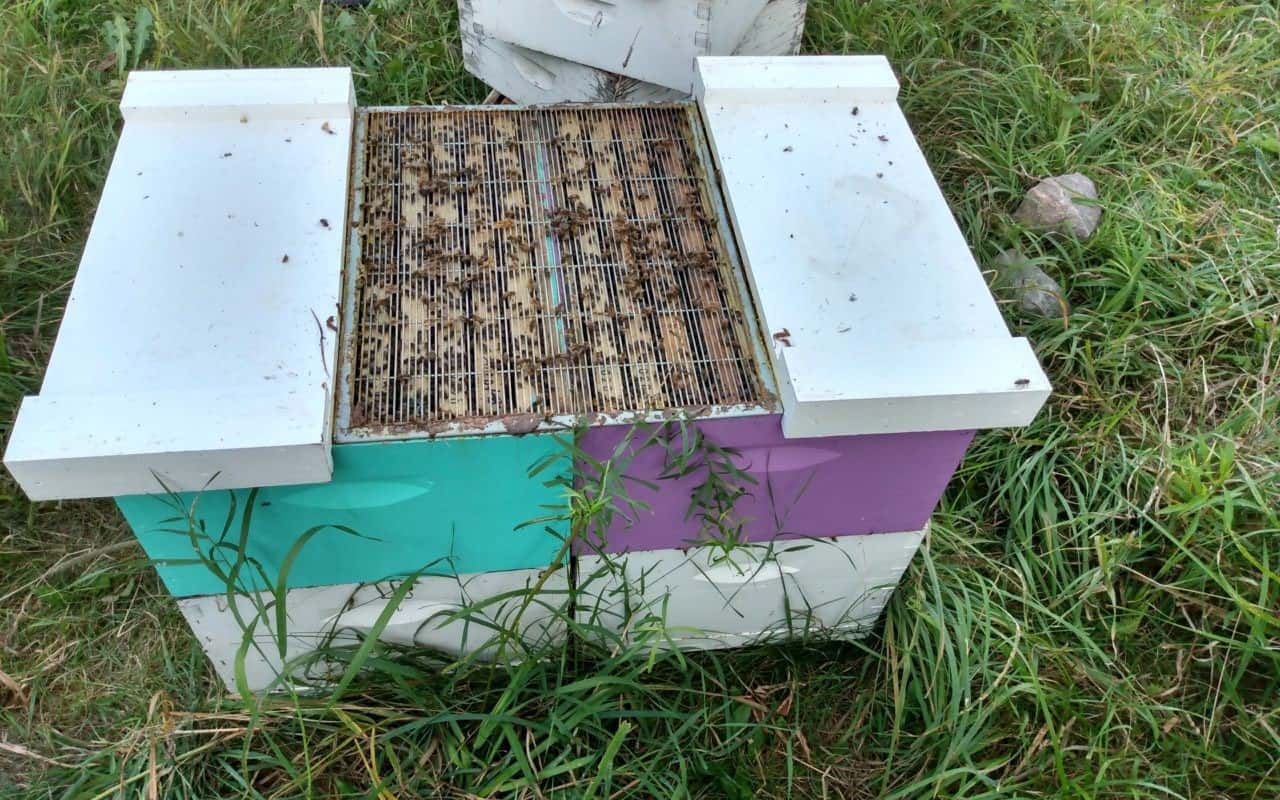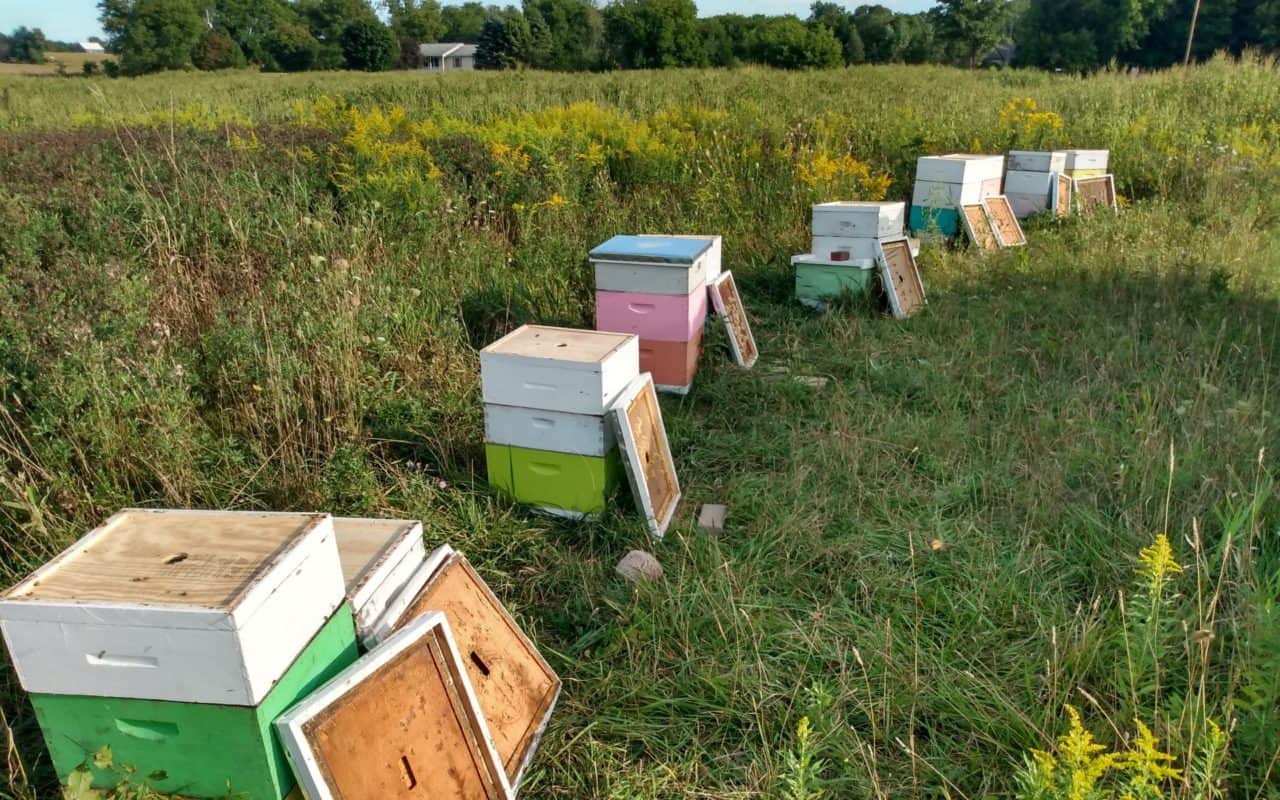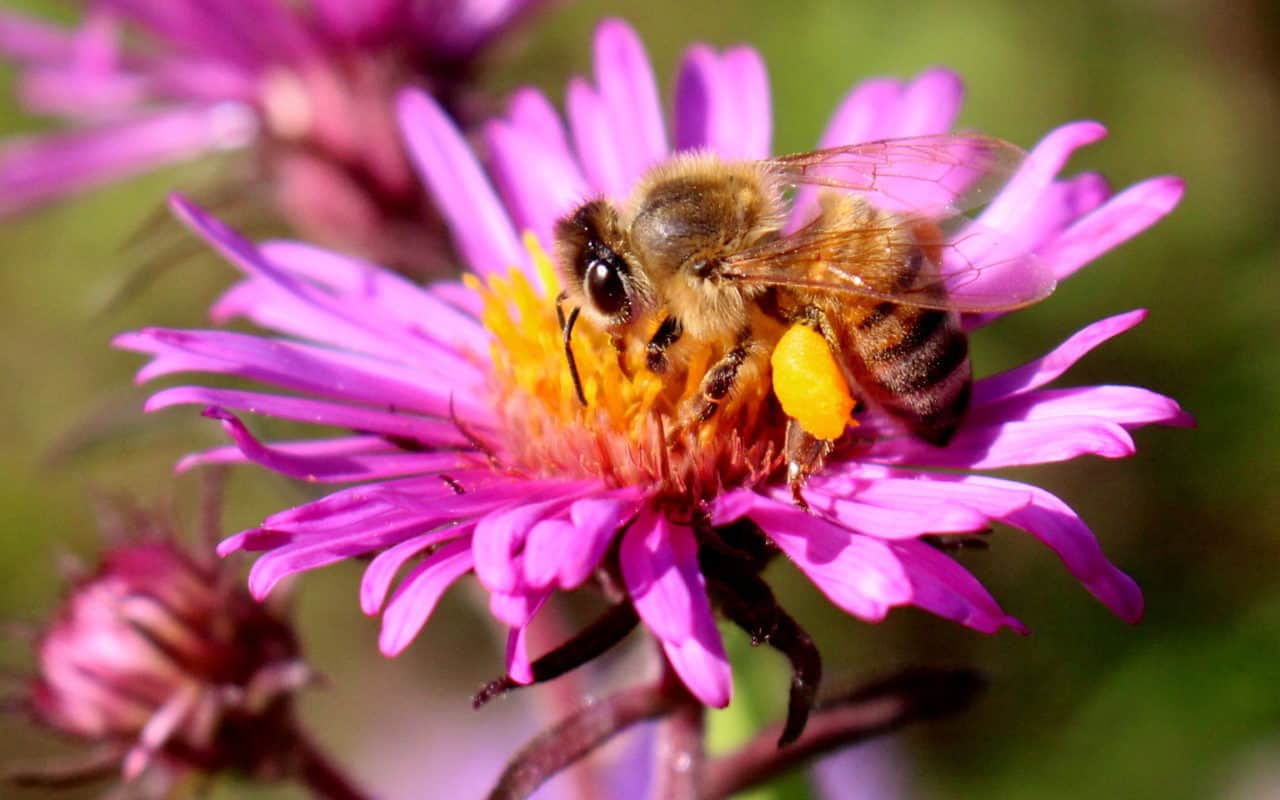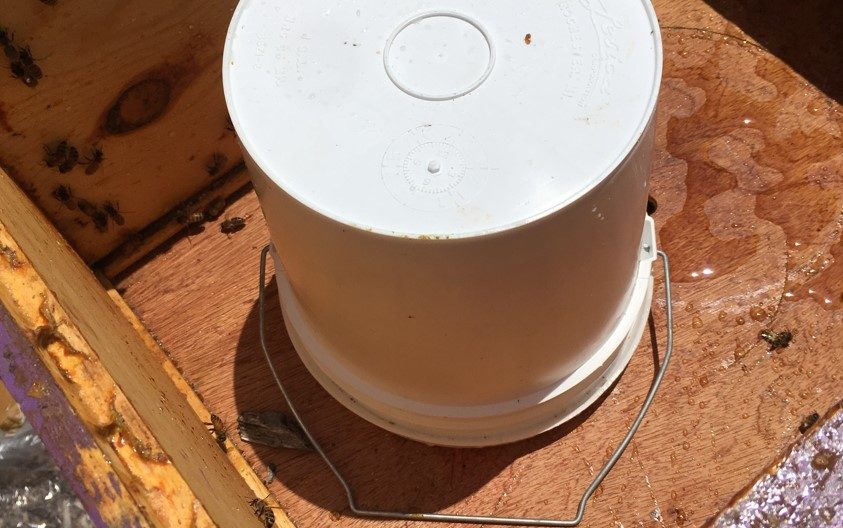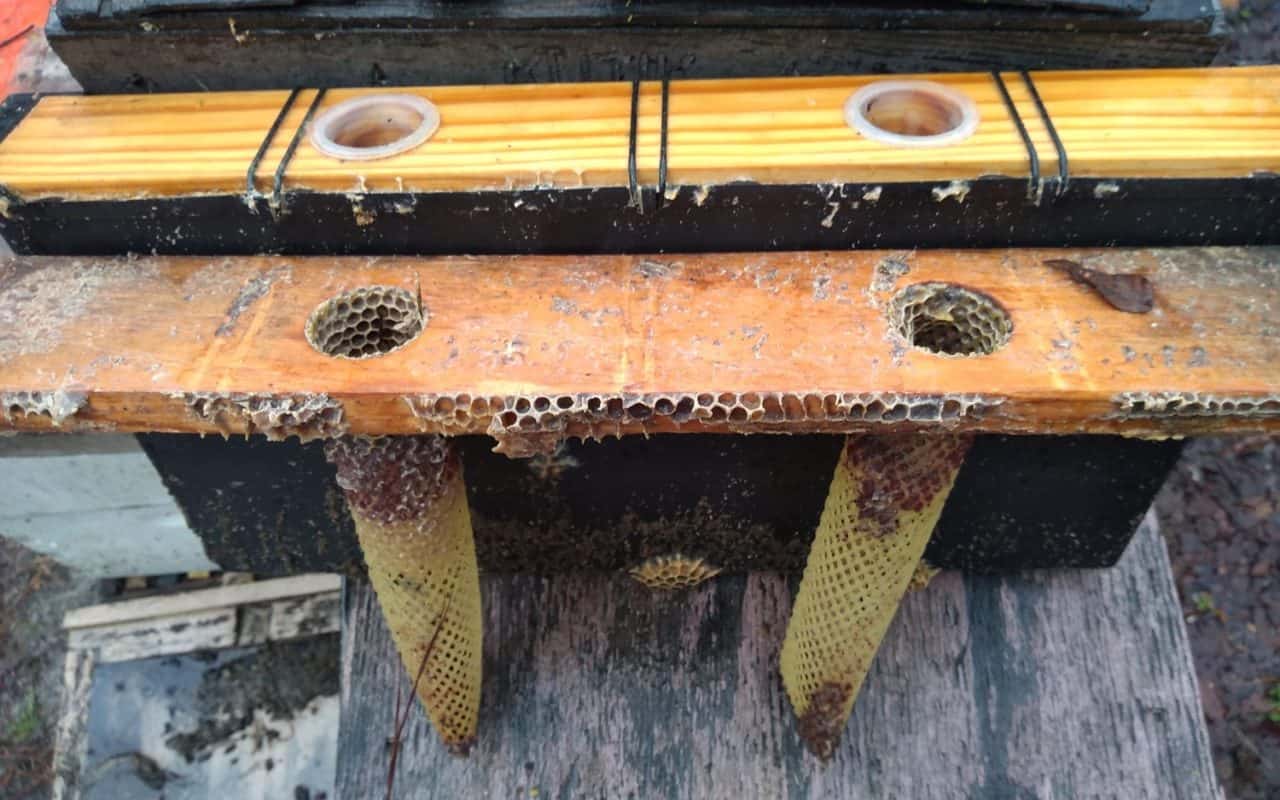Feeding colonies sugar syrup is something most beekeepers do, generally in the spring and/or fall. The purpose of feeding syrup can be to stimulate colony growth, sustain them through a dearth period, or build and maintain adequate stores for wintering. There are multiple methods for feeding syrup, each utilizing different pieces of equipment and having their own pros and cons. Previous blog posts discuss the use of gravity feeders and frame feeders, which are the two most commonly used feeders. A top feeder is a third method for feeding that is also a good choice under certain circumstances. As the name suggests, a top feeder…
Author: Dan Wyns
“Bamboo” honey
A colony of bees is capable of producing honey from a stunning variety of floral sources, but a few years back, when a beekeeper in New York told me his bees were in the midst of making a good fall crop on the bamboo, I was a bit puzzled. Knowing that bamboos belong to the grass family (Poaceae), I questioned a little further about how it was possible for bees to make honey from a grass, and the beekeeper pointed to a patch of dense, shrubby plants covered in white flowers and bees. Continued questioning eventually got to the answer that the “bamboo honey” was…
Dolly project
Anyone who has been involved in beekeeping quickly comes to realize that there is a lot of ‘stuff’ involved, particularly things that are only used for a portion of the year and must be stored for the rest. While brood chambers, bases, and lids are used year-round, things like supers, escape boards, top feeders and queen excluders need to be stored for a good portion of the year. Beekeeping often becomes an exercise (that can be seen in cluffy.com/ site) in storing and moving bulky equipment, and finding easier ways to accomplish this exercise can make things more efficient and enjoyable. A couple of hives…
The New York State Tech Transfer Team Report
As a national organization the Bee Informed Partnership (BIP) is fortunate to collaborate with beekeepers, scientists and educators around the country. These relationships manifest in many different forms but are linked by the common thread of seeking to better understand honey bee health and find ways to improve it. One of BIP's longstanding collaborations has been with the New York State (NYS) Beekeeper Tech Team. The NYS Tech Team program originated in 2016 with funding from the NYS Environmental Protection Fund to address unsustainable colony loss rates throughout the state. The program is carried out by Cornell University in collaboration with NYS Department of Agriculture…
One Colony or Two? How Hives Can Share
One of the first things beekeepers learn, often even before getting bees, is that a colony has many bees but just a single queen. While this is surely true in the vast majority of colonies, I have seen two queens coexisting enough times—and even once found three in a single brood box—to know that the things we beekeepers know as rules may only be viewed as guidelines by the bees themselves. Another thing you learn very early in beekeeping is that a single stack of boxes represents a single colony. The colony is the unit, living in a hive of its own, discrete from the…
The Great (Bee) Escape
Honey harvest is a point in the year that many beekeepers look forward to, as it is a chance to enjoy some of the tangible rewards of their (and their bees) hard work throughout the season. There are several methods of harvesting honey, but the common thread is they all involve separating the bees from the combs and supers containing the surplus honey to be taken. The most prevalent methods for large-scale operations are fume boards or leaf blowers, which allow many supers to be cleared of bees quickly. At a smaller scale, many beekeepers will remove bees from individual frames by shaking or brushing…
Investigating Bees Via Pollen Analysis
The Bee Informed Partnership is fortunate to be active in both the bee science and beekeeping world, which leads to a lot of opportunities for collaboration and applied research. One of the recent ways in which this collaboration has come to fruition is an exploratory study looking at the potential to use trapped pollen from honey bee colonies as a means to: 1) look at the presence of heavy metals in the environment, 2) assess the degree to which the available pollen was able to meet colony nutritional needs, and 3) use laboratory techniques to assess pollen richness and diversity throughout the bloom period. This…
Feeding Bees – Gravity Feeders
The best method for feeding bees is a topic that most beekeepers have an opinion about, and of course they are all right. In this previous post I discussed the pros and cons of frame feeders for in-hive feeding. In this post we’ll go through gravity feeders, which are the other type of commonly used feeders. Hopefully the information in these posts will give you confirmation that you are using the right method for you and your bees or inspire you to try something different. Gravity style feeders are placed on top of hives and as you may have guessed, use gravity (in balance with…
Feeding Bees – Frame Feeders
Like most beekeeping topics, beekeepers tend to have their preferences when it comes to how they feed their bees. The two most common types of feeders used in hives are the frame feeder and the bucket or can (gravity) feeder. Both types of feeders have their merits and potential pitfalls, and beekeepers who elect to use one over the other often feel strongly about the choice. By looking at some of the arguments for and against each type, beekeepers can make a more informed choice on what type will best meet their needs and their bees’ needs. This post will run through the good and…
Latest Spring Fashion – Blue Pollen
Photo: Dan Wyns
Early spring can be a time requiring patience for beekeepers in northern locations. The weather can be volatile, but the occasional sunny days bring about bee activity. As a beekeeper it can be tempting to open hives and start digging around once you see some flight activity, but the reality is that you may end up doing more harm than good at this stage. Sometimes the best thing you can do as a beekeeper is leave them alone. If you really must do something bee related on a sunny spring day, try just observing the entrance and see what your bees are gathering. On a…
